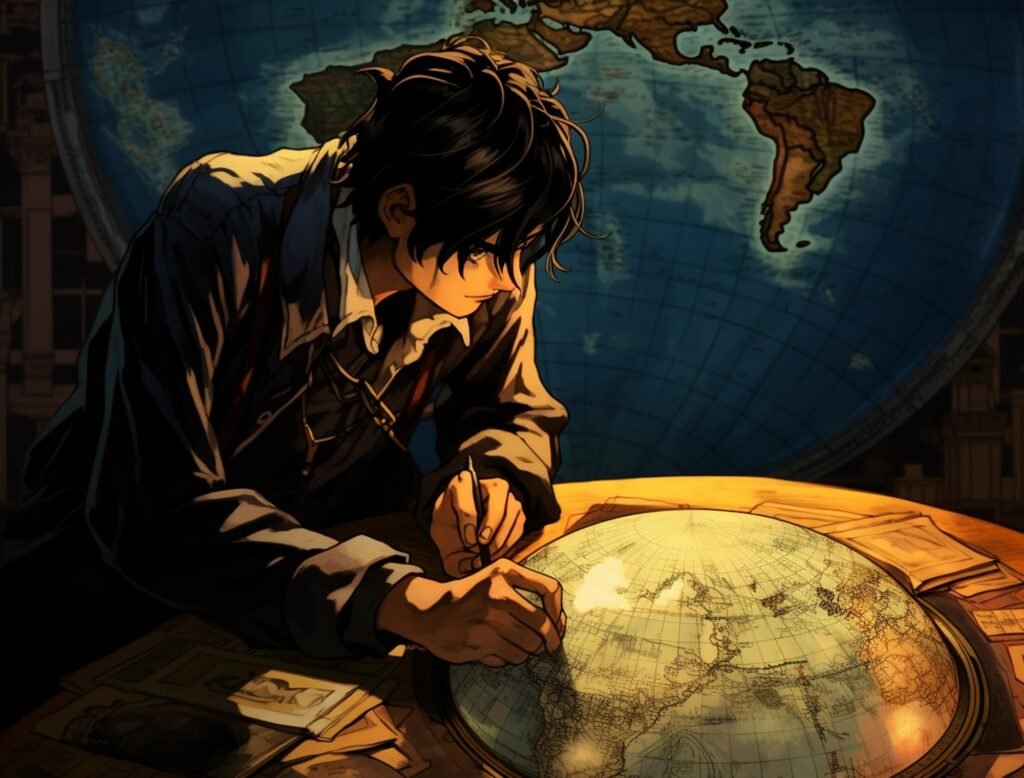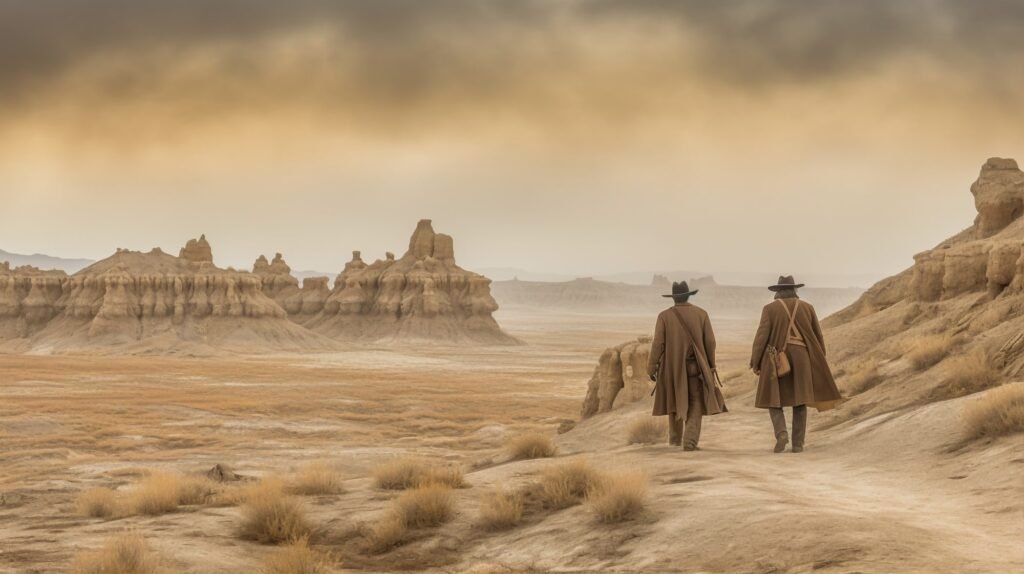Table of Contents
Toggle“America(United States): From Discovery to Dominance: A Riveting Journey Through Time”
From the first native inhabitants of the continent to the diverse state it is now, America’s history spans thousands of years. Here is a summary of significant times:-
Age Before Columbus:

-
European Discovery and Settlement:
-
The Time of Colonialism:

-
Independence and the American Revolution:
-
Westward Movement:

-
Reconstruction and the Civil War:
-
The Gilded Age and Industrialization:

-
The 20th Century and Upward:
 In addition to influencing international politics, economy, and culture, the United States is still a varied and dynamic country that faces challenges including immigration, climate change, and racial inequity. The nation’s past serves as a constant reminder of the freedom, democracy, and opportunity that have characterised America from its founding.
In addition to influencing international politics, economy, and culture, the United States is still a varied and dynamic country that faces challenges including immigration, climate change, and racial inequity. The nation’s past serves as a constant reminder of the freedom, democracy, and opportunity that have characterised America from its founding.
“Rise to Power: America’s Wonderful Journey to World Dominance”
The history of America’s rise to prominence is a complicated one, influenced by many forces over many centuries. An examination of several significant factors that helped United States become a strong nation is provided below:-
Geographical Advantages:

-
The Foundations of Democracy:
-
Diversity and Immigration:

-
The Revolution Industrial:
-
Westward Expansion and Manifest Destiny:

-
Global Power and Military Might:
-
Innovation in Technology:

-
Dominance of the Economy:
-
Cultural Influence:

-
Adaptability and Resilience:

